Christmas in North America is associated with various symbols such as sleigh bells, Santa suits, and stockings hung by the chimney with care.
This holiday has both religious and pagan roots, leading to numerous ways of celebrating and decorating.
Before the holiday season begins, it’s a good idea to learn about the history of Christmas and some of its most enduring traditions.
Once you understand the overall meaning of Christmas, you can explore your family’s unique holiday traditions.
Christmas Origin: Religious Winter Religious Traditions
You may think of Christmas as a time for buying gifts or savoring decadent desserts, but early winter celebrations before the 4th Century had different meanings.
Christmas has become synonymous with gift-giving and indulging in desserts, but the winter celebrations before the 4th Century had different meanings.
During the winter solstice, across the continent, people celebrated an abundance of fresh meat and more daylight hours once the solstice passed.
In Rome, people celebrated Saturn, the god of agriculture, during a Saturnalia festival from December 17 to 23.
The Norse celebrated Yule, which coincided with the winter solstice between December 21 and 22. They set logs on fire and feasted until the last embers stopped glowing. They believed the sparks represented the livestock that would enter the world in the year ahead.
In Germanic territories, people stayed indoors during the winter solstice celebrations because they believed that Odin, the god of war and death, rode through the skies to collect the souls of the dead. As Christmas gained popularity, these rituals became less popular, and many were adapted to encourage Pagans to convert to Christianity.
During the reign of Emperor Constantine, the first Roman Emperor to convert to Christianity around 300 CE, the Roman church began celebrating the birth of Jesus of Nazareth. The church officials called this celebration the Feast of the Nativity, with Pope Julius I choosing December 25 to commemorate Christ’s birth.
No one can agree on why this date was chosen, but one theory posits that Pope Julius chose it to replace the Pagan celebration of Mithras, the sun god. Eventually, it became Christmas, a word meaning “Mass of Christ.” Today, millions celebrate Christmas yearly, passing cherished family traditions from generation to generation.
The Christmas story of the birth of Santa Claus: do you know where he is from? You can read more details in our article!
The History of Christmas: All About Christmas Trees
Understanding the history of Christmas is the first step in appreciating its significance.
Evergreen trees or boughs to ward off evil spirits and signify the renewal accompanying the transition from winter to spring have been practiced for centuries. In the 1700s, Christians in Germany began to bring evergreen trees inside their homes and decorate them with paper flowers and other adornments to represent the arrival of spring.
Decorating the tree has become one of the most important Christmas traditions for families worldwide. The symbolism of the Christmas tree varies depending on where you live and what religion you practice. For Christians, the tree’s triangular shape represents the Holy Trinity, with each trimmed point representing one aspect of the Trinity. This idea stems from the tale of Boniface, a German missionary who stopped a German Pagan sacrifice outside the Thunder Oak, a massive oak tree dedicated to Thor.
Boniface chopped down the tree, revealing a small fir tree behind it, which he declared to be the tree of the Christ-child. Other Christians believe the tree symbolizes renewal and rebirth, particularly with respect to Jesus. The tree branches represent the crown of thorns that Jesus wore when crucified. Whatever the interpretation, decorating the Christmas tree remains a universal part of the holiday celebration.
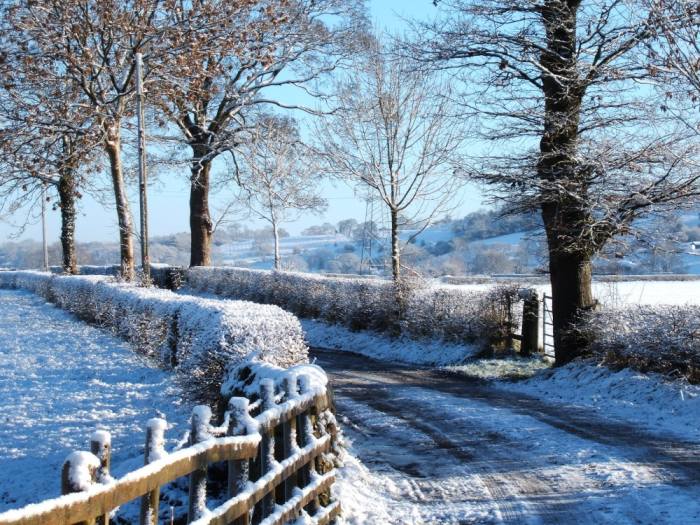
Christmas Facts: History Come to Life
Although it’s important to continue your family’s traditions, it’s fun to learn about how people in other countries celebrate the Christmas season. Here are a few interesting Christmas facts to pique your interest:
- Japan: Romance takes center stage in Japan, so you’re likely to see a lot of couples snuggling up with each other. Single people use the holiday to look for suitable mates.
- France: In some regions of France, people serve 13 desserts at Christmas dinner. The desserts represent Jesus Christ and his twelve apostles present at the Last Supper, and it’s customary to try all 13 to bring good luck in the coming year. Many of these desserts contain pistachios, honey, and dried fruits.
- Sweden: People in Sweden flock to visit the Yule goat, which is huge and made from straw. The goat goes up on the first Sunday of Advent and remains until after January 1, representing the invisible spirit that oversaw holiday preparations.
- New Zealand: Christmas occurs during the summer in New Zealand since it’s located in the southern hemisphere. Here, Christmas falls a few days after the summer solstice. Instead of dreaming of a white Christmas, Kiwis sing traditional carols while they grill fresh seafood and other favorites.
Do you go to the cemetery every year to remember your deceased loved ones, also at Christmas? How to decorate a grave for Christmas? We bring you five great tips. Get inspired!
Christmas in America and Around the World
The date of December 25th was chosen by Pope Julius I to celebrate Christmas, and it has become a popular tradition in America.
As Christmas approaches, people engage in various festivities, such as decorating the Christmas tree, baking cookies, attending Christmas festivals, and enjoying sleigh rides in the snow. Many Americans exchange gifts with their family members, friends, coworkers, and neighbors during this time.
Apart from Christmas Day, Christmas Eve is also celebrated as a special occasion in America.
Italian Americans observe the Feast of the Seven Fishes, a meal comprising seafood instead of red meat and includes fish, scallops, mussels, and other seafood varieties.
Catholic churches conduct Midnight Mass as a tribute to the belief that Christ was born at midnight.
Non-Catholic churches also have Christmas Eve services, allowing the parishioners to rejoice in the birth of Christ.
Here’s how people in other countries celebrate this important holiday:
- Poland: On Christmas Eve, many people in Poland start their dinner by passing a thin wafer known as the Oplatek, a Catholic tradition. Each person breaks off a piece of the Oplatek and shares good wishes with the others.
- Greece: In Greece, people celebrate Christmas from December 25 until January 6. Rather than exchanging gifts, they focus on spending time with loved ones and enjoying traditional Greek foods. Due to Greece’s location in the Mediterranean, decorating boats is also an important Christmas tradition. Boat owners adorn their vessels with lights, while people who don’t own seacrafts decorate model boats instead.
- Lebanon: Muslims and Christians celebrate Christmas in Lebanon on December 24. It is an official holiday seen as a unifying holiday with many meanings within this nation. One food often served at this time is Warak Ainab, a side dish consisting of grape leaves stuffed with rice and herbs.
- Eritrea: In Eritrea, Christmas doesn’t take place until January 7. People wear traditional clothing and feast on their favorite foods. A traditional Christmas dinner usually includes lamb with spices (“tsebhi zigni”), flatbread, and a stew made with garbanzo beans, onions, and tomatoes.
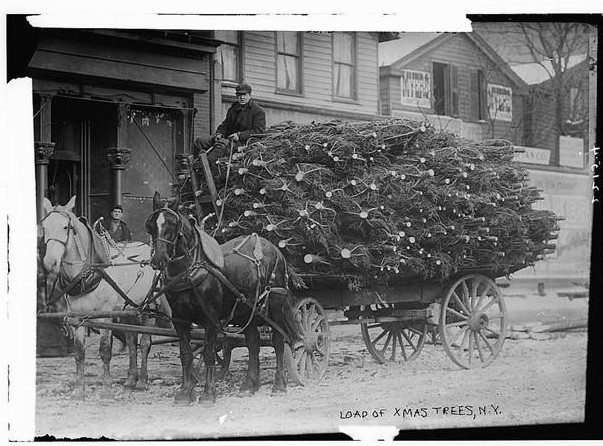
Discover similar tips
Christmas Gifts and Traditions
The tradition of exchanging gifts began when the Three Wise Men traveled to Bethlehem bearing gold, frankincense, and myrrh. St. Nicholas also gave generously, cementing gift-giving as one of the most important aspects of celebrating Christmas.
In the United States, groups of friends and coworkers even set up Secret Santa exchanges, which involve choosing a name and buying a gift for that person. It’s also common to fill stockings with candy, gum, and other small items.
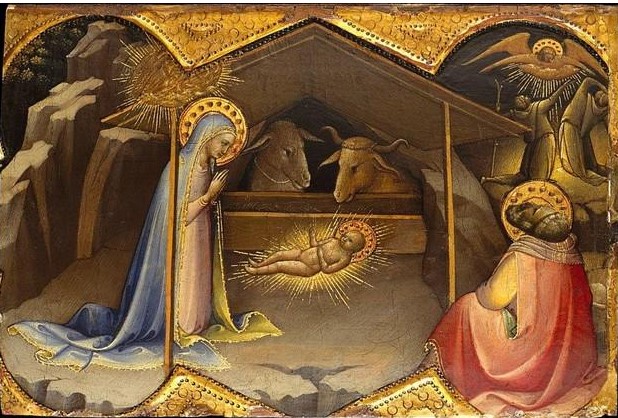
Do you want to try an extraordinary Christmas recipe this year? Taste an old Czech Christmas classic – “Houbovy kuba” – similar to risotto, a traditional Czech dish.
Christmas Decorations
When you’ve become an expert at preparing your family’s traditional recipes, it’s time to start decorating your home for the festive season.
Common decorative items include wreaths, lights, poinsettia plants, and stockings. The wreath, which is made from evergreen branches, symbolizes eternity and new beginnings.
Prior to the discovery of electricity, people used candles to represent the Star of Bethlehem. However, this presented a severe fire hazard, and so Edward Johnson invented the string of electric Christmas lights in 1882.
The poinsettia, also known as the Flower of the Holy Night, resembles the Star of Bethlehem, making it an important Christmas symbol.
Although historians aren’t certain how the Christmas stocking came to be, they do know that it was mentioned in the story “A Visit From Saint Nicholas” by Clement Clarke Moore, which was published in 1823.
Are you tired of the same old and boring outdoor Christmas decorations that everyone can have at home? Make outdoor Christmas decorations from the comfort of your own home. We have 7 great tips for you!
Christmas Food/Recipes
Food has always been an integral part of Christmas celebrations worldwide.
Plum pudding, which comprises suet, dried fruit, breadcrumbs, and spices, has been around since the Middle Ages and remains popular in Great Britain.
Though roasted goose was once a popular main dish, roasted turkey eventually replaced it, and the reason for this transition remains unknown.
Gingerbread, an ancient delicacy that has been around for over 2,000 years, only became a part of Christmas celebrations in the 1700s.
Sharing recipes is an important holiday tradition that transcends religious and cultural boundaries.
For centuries, people have passed down their culinary heritage by writing down recipes and teaching their young how to prepare their favorite dishes.
Here are some new dish ideas to implement into your holiday festivities, drawing inspiration from cultures around the world:
Tamales: In Mexico, it’s common for families to get together and host tamale-making parties in the days before Christmas. Fill them with your favorite meats or vegetables.
Roasted lamb: In Greece, Christmas dinner typically consists of roasted lamb alongside numerous side dishes, like Christopsomo, a sweetbread commonly decorated with a cross for Christmas.
Stollen: This German sweetened bread is similar to fruit cake but is one of the most popular holiday desserts in the nation, often served after a meal of roasted duck, goose, or rabbit.
Hangikjot: Meaning “hung meat,” this savory smoked lamb from Iceland is served raw or cooked. As an appetizer, it works well sliced or in tartare; while cooked, it’s frequently served with bechamel sauce and potatoes. Leftovers make great sandwiches when served on rye bread.
Feast of the Seven Fishes: Italy celebrates Christmas with the Feast of the Seven Fishes, a seven-course meal featuring seafood followed by desserts. Traditional seafood choices include carp, clams, mussels, eel, and octopus.
Fried Chicken: This might seem like a strange addition to the list, but in Japan, fried chicken is the Christmas dinner of choice, typically from KFC. This could be the solution if you’re looking for a more low-key meal idea for Christmas.
The act of exchanging gifts, gathering with loved ones, and partaking in the timeless traditions of Christmas is not just a celebration, but a recognition of the rich tapestry of history woven into this festive season. From ancient rituals to Victorian charm and the global celebrations of today, the history of Christmas is a testament to the enduring power of joy, kindness, and the universal desire to come together in the spirit of love and celebration.

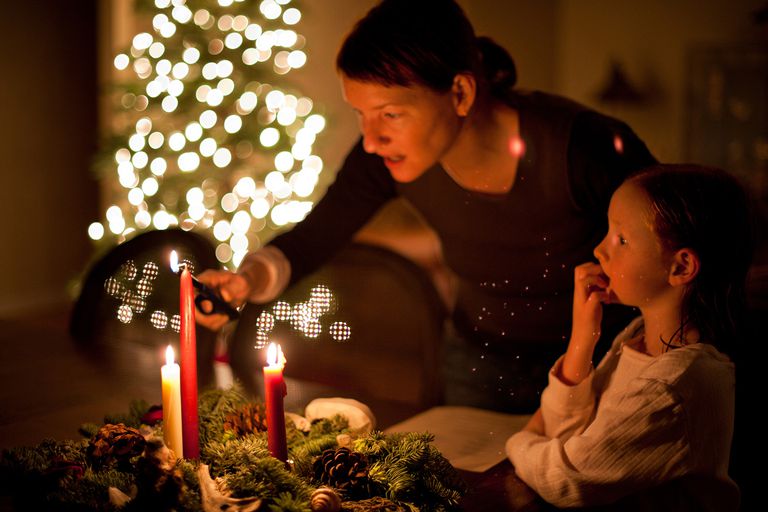
 Milan & Ondra
Milan & Ondra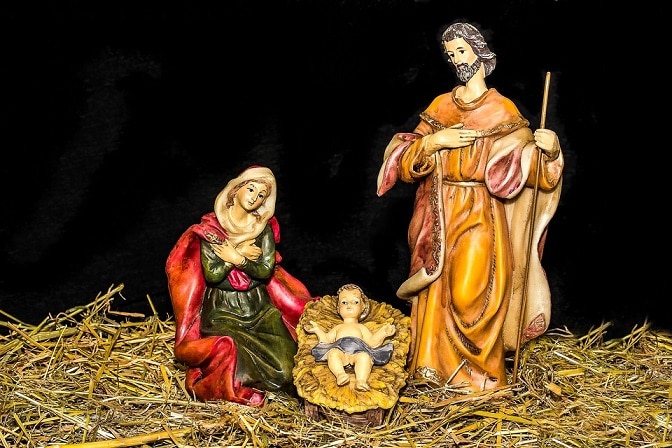
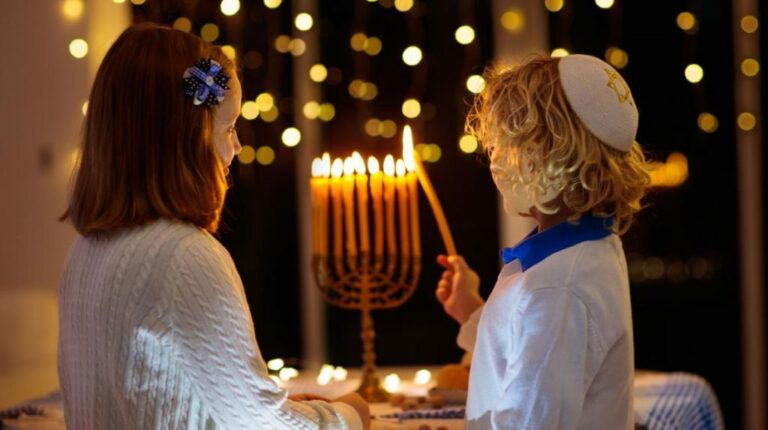
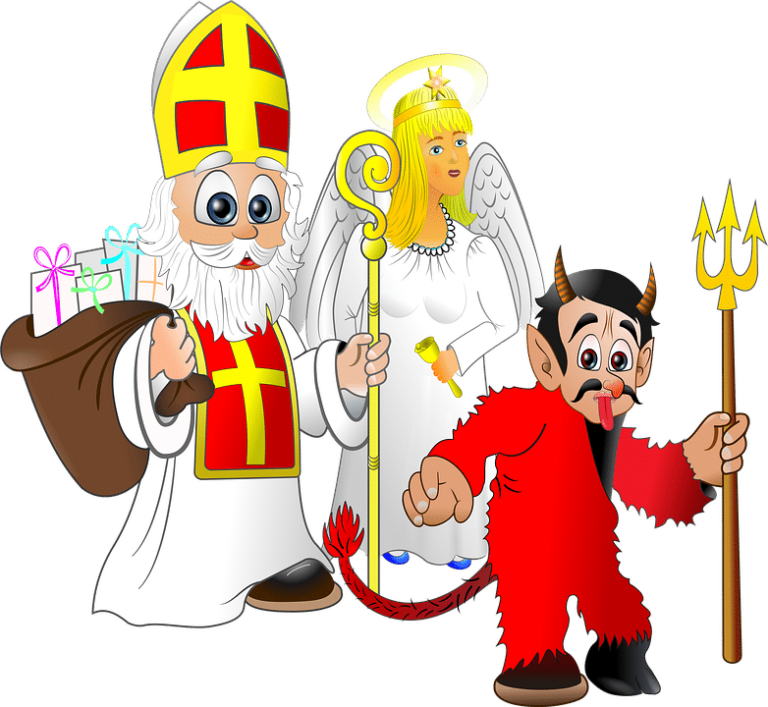
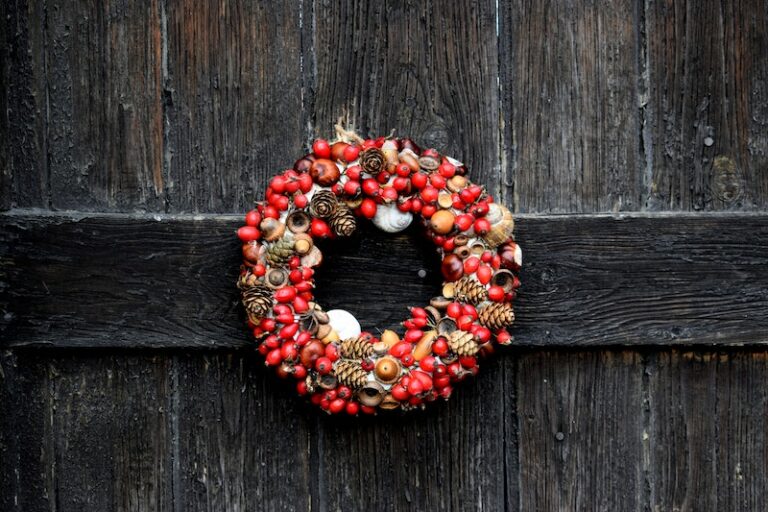
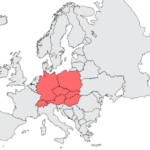 Central Europe
Central Europe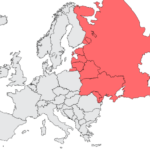 Eastern Europe
Eastern Europe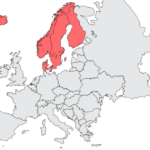 Northern Europe
Northern Europe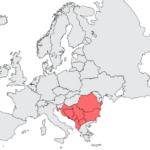 Southeast Europe
Southeast Europe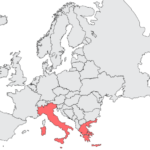 Southern Europe
Southern Europe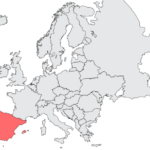 Southwestern Europe
Southwestern Europe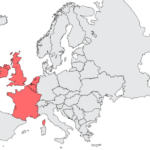 Western Europe
Western Europe